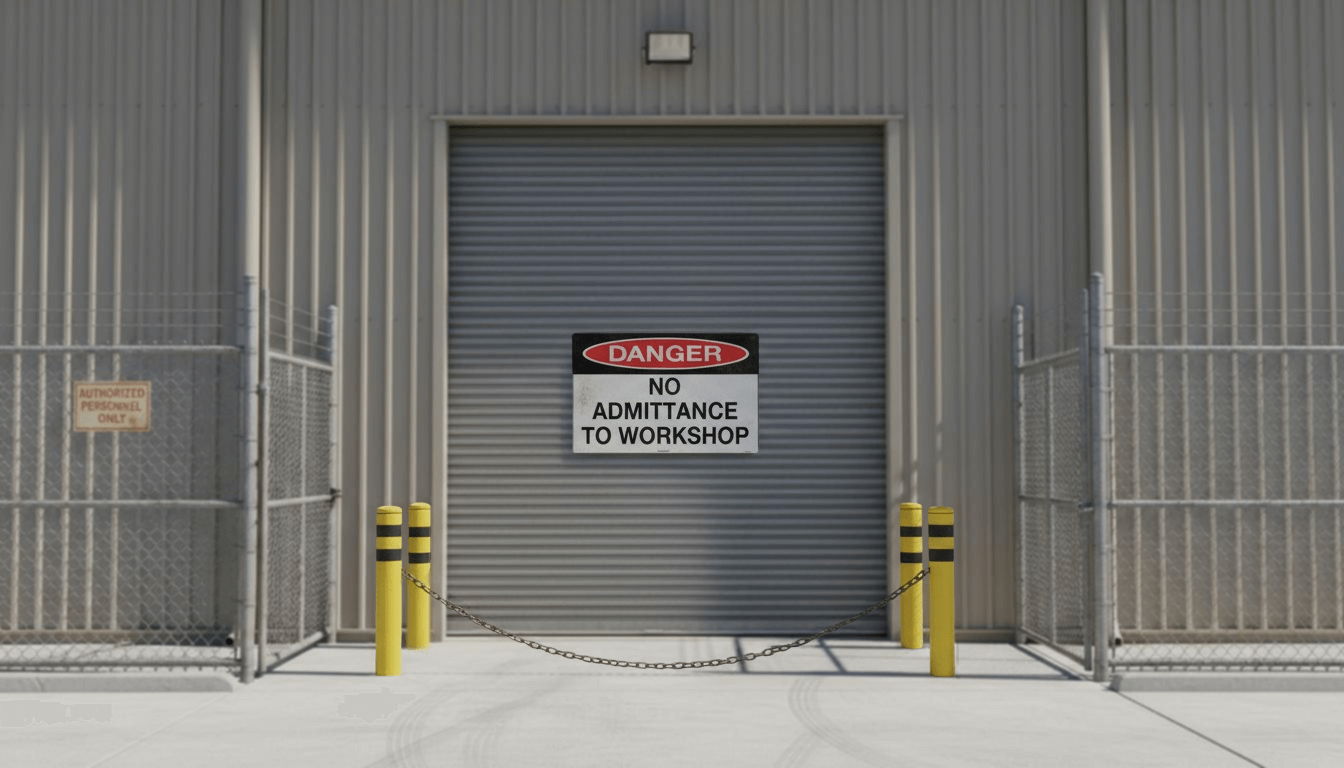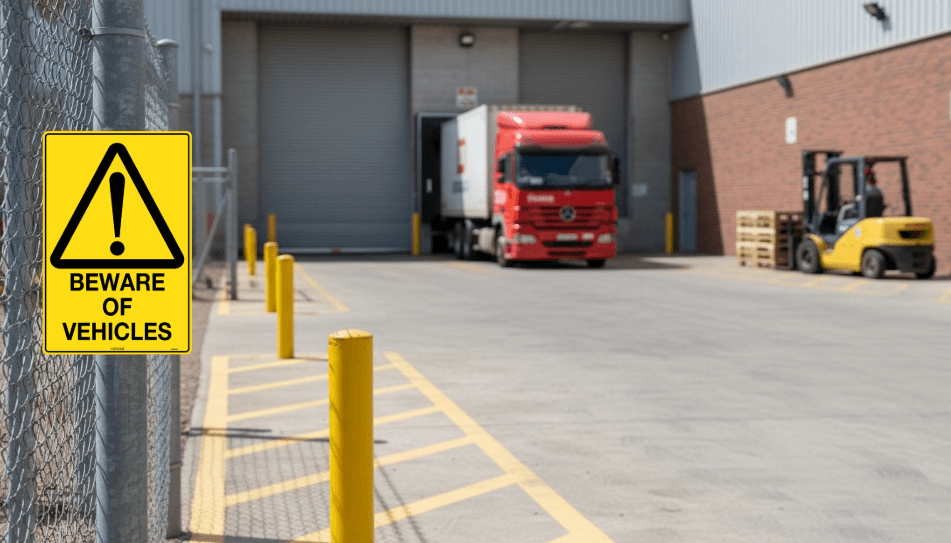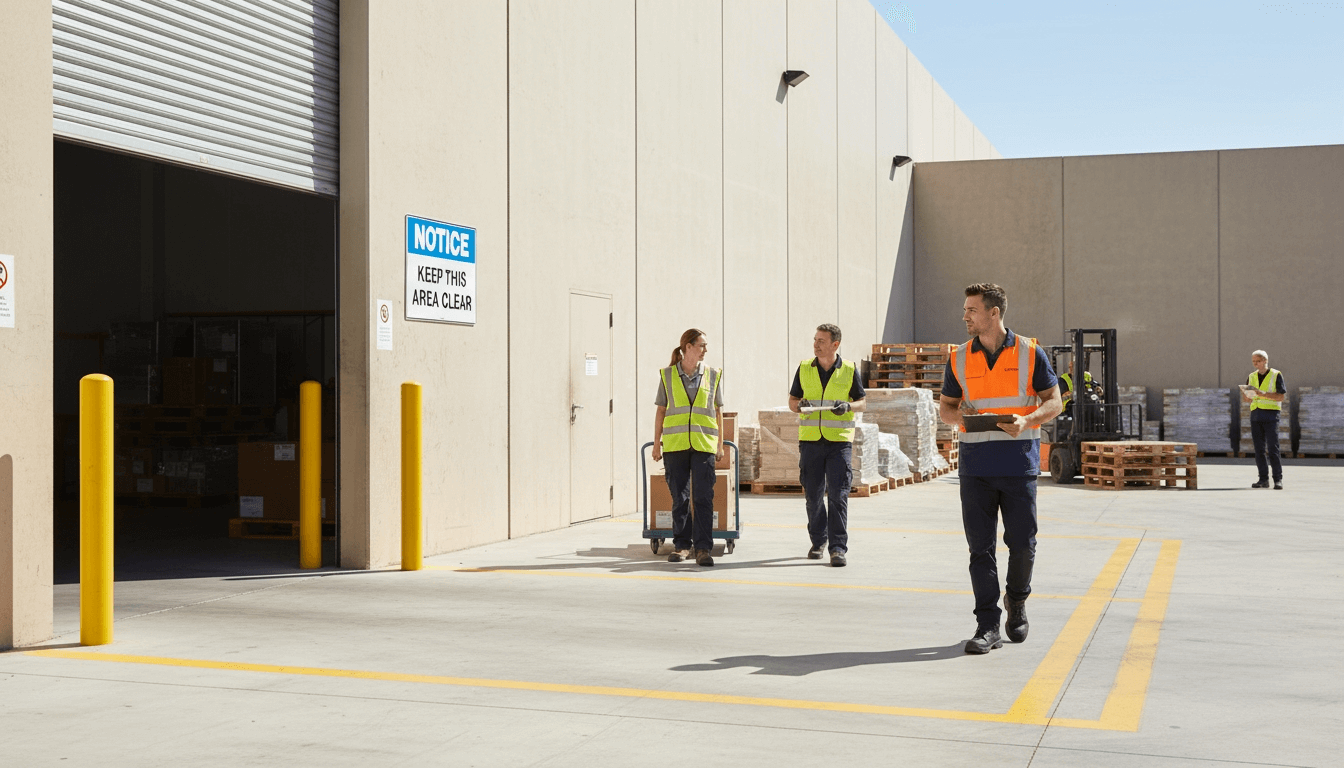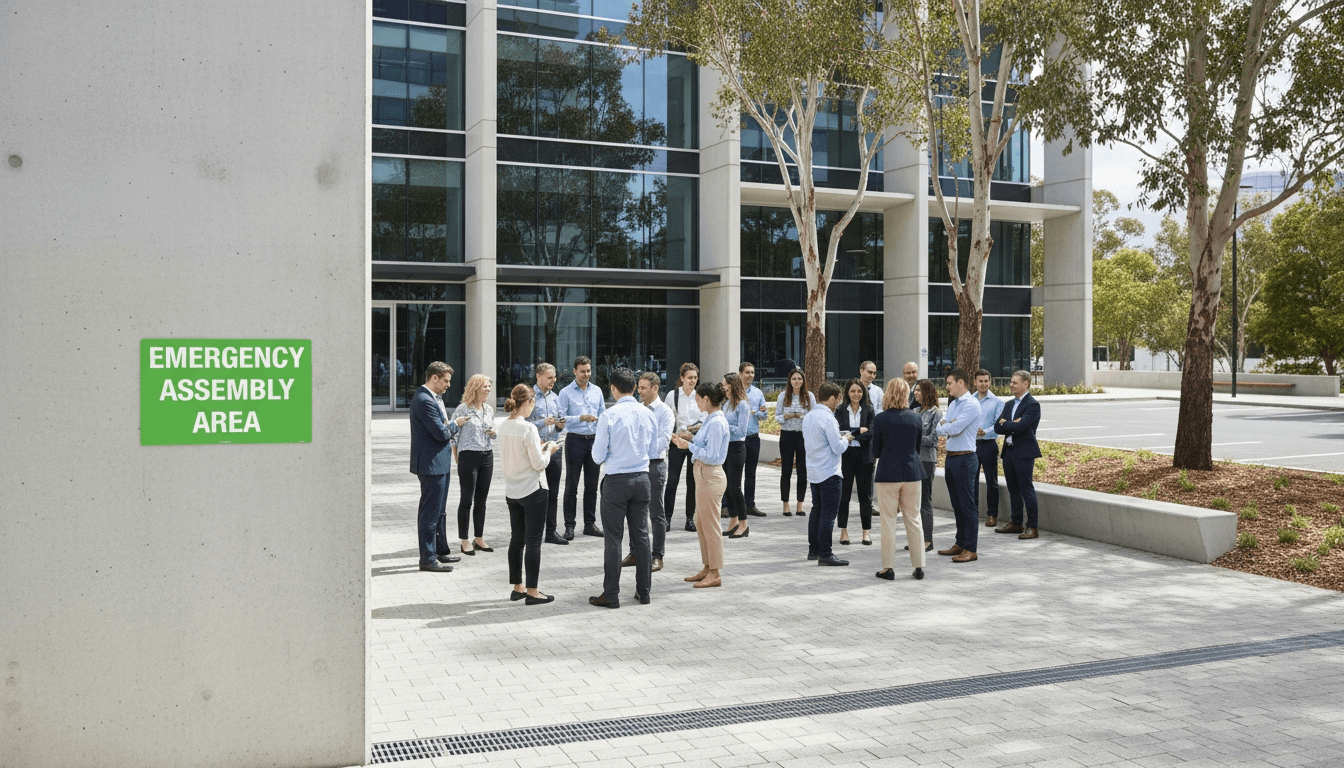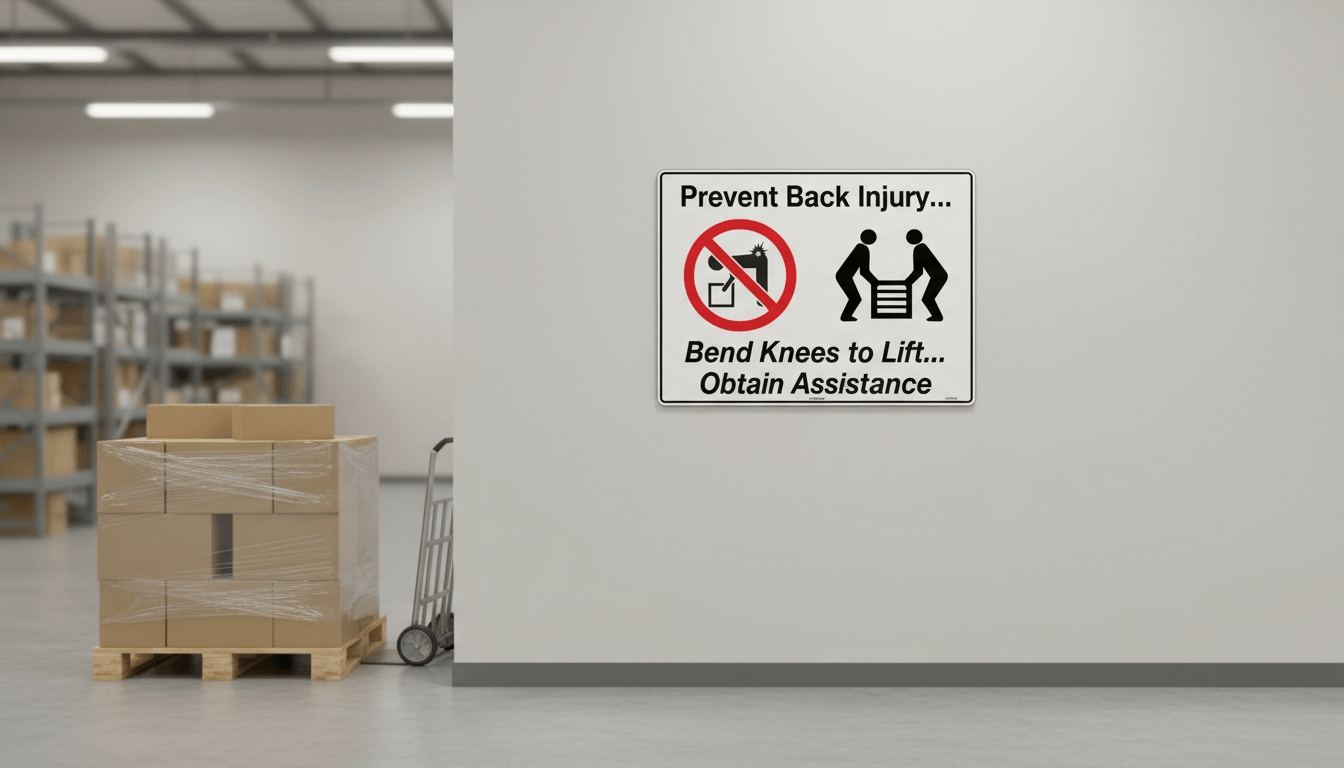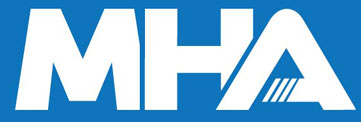What Workers Should Know About Safety Sign Colours
Date Posted:15 October 2025
Workplace safety signs use colour to communicate instantly. Explore what red, yellow, blue, green, and black-and-white signs mean and why they’re essential for WHS compliance.
Verdex Insights: At a Glance
-
The Challenge: Many workplaces rely on outdated or inconsistent signage that confuses staff, increases safety risks, and fails to meet Australian Standard AS 1319:1994 requirements.
-
The Insight: Colour consistency in safety signage is vital for clear, instant communication. Correct use of red, yellow, blue, green, and black-and-white signs helps prevent accidents, supports WHS compliance, and improves emergency response times.
-
The Verdex Solution: Verdex supplies AS 1319:1994 compliant safety signage and workplace safety solutions for warehousing, logistics, construction, and manufacturing environments. Our durable, high-visibility signs and expert guidance help businesses stay compliant, protect workers, and maintain safe, well-organised sites.
Why Colours Matter in Safety Signage
In high-risk environments like warehouses, construction sites, and manufacturing plants, fast, clear communication is critical. Safety signage plays a key role in delivering this information visually, often in a split second.
Colours are more than design choices. They’re coded messages that convey urgency, danger, required actions, or emergency routes. Workers may not always have time to read full text, but colour triggers immediate recognition and response.
In Australia, signage colours must comply with AS 1319:1994, the national standard for occupational safety signs. Using the correct colour helps prevent accidents, enhances workplace navigation, and ensures compliance with Work Health and Safety (WHS) laws.
Understanding what each colour means (and where it applies) can make all the difference in maintaining a safe, functional work environment.
Breakdown of Safety Sign Colours in Australia
Here’s a breakdown of the key safety sign colours defined by AS 1319:1994, along with their uses in industrial and commercial workplaces.
Red – Danger or Prohibition
Red signage is used in two key categories:
-
Danger signs: Indicate life-threatening hazards, such as “Danger: High Voltage” or “Danger: Confined Space”.
-
Prohibition signs: Indicate that a behaviour is not permitted, like “No Smoking”, “No Entry”, or “Do Not Operate”.
These signs typically feature red circles, borders, or headers. You’ll find them around electrical rooms, flammable storage zones, machinery lockouts, and restricted access areas. Ignoring a red sign can result in serious injury, or worse. Pairing red danger signs with workplace safety equipment ensures staff have the right tools to respond to risks.
Yellow – Warning
Yellow warning signs indicate non-life-threatening hazards that still require caution. They are not as severe as “Danger” signs but still play a crucial safety role.
Common messages include:
-
“Forklifts Operating”
-
“Watch Your Step”
-
“Slippery Floor”
-
“Trip Hazard”
These signs feature a yellow background with black text or icons. They’re widely used in loading docks, warehouse aisles, wet areas, and material handling zones. Yellow signs help reduce slips, falls, and minor incidents that can still impact productivity and morale. Businesses that partner with Verdex benefit from integrated safety solutions that cover both signage and wider workplace risk management.”
Blue – Mandatory
Mandatory signs use a blue background with white symbols or text. They tell workers what actions must be taken to comply with safety protocols.
Examples include:
-
“Eye Protection Must Be Worn”
-
“Hearing Protection Required”
-
“Safety Harness Must Be Worn”
These signs are especially important in construction sites, chemical handling areas, and zones requiring PPE. They help ensure regulatory compliance and reduce the risk of injury from airborne particles, noise, chemicals, or height.
These signs directly support the use of personal protective equipment to protect workers in hazardous environments.
Green – Emergency Information
Green signs are reserved for emergency-related information, such as:
-
First aid stations
-
Emergency exits
-
Assembly points
-
Eyewash stations
They typically feature a green background with white symbols/text and are required in every Australian workplace. In an emergency (whether it's a fire, injury, or evacuation) green signage helps people find help or exit points quickly. Every site should also keep workplace first aid kits accessible in these zones for fast response.
Placement is key: ensure visibility even in low light or during a power outage. Fluorescent or glow-in-the-dark options are commonly used for critical areas.
Black/White – General Information or Directional
Signs with black and white colour schemes are often used for non-critical information, such as:
-
“Deliveries This Way”
-
“Office Entrance”
-
“Reception”
While not safety-critical, they’re essential for site navigation, especially in large facilities with multiple departments or public access points. You’ll commonly find them in car parks, admin offices, and external wayfinding.
Though AS 1319:1994 does not regulate these signs strictly, consistent use improves flow and helps visitors feel more confident onsite.
Complying With WHS Signage Standards
The Australian Standard AS 1319:1994 outlines everything you need to know about safety signage compliance. From colour usage and icon design to sizing and placement, this standard ensures uniform communication across worksites.
Legal obligations under WHS legislation mean businesses must use signage that accurately reflects risks and is placed where required. Using incorrect colours, symbols, or DIY signs can lead to:
-
Miscommunication
-
Increased risk of injury
-
Non-compliance penalties or fines
The safety signs we supply at Verdex are made to specification, weather-resistant, and available in a wide range of materials including aluminium, corflute, poly, and self-adhesive vinyl, ideal for indoor and outdoor use. Complementing signage with safety barriers and security bollards further strengthens hazard separation and safety compliance.
Upgrade to Compliant Safety Signage Across Your Site
Whether you’re fitting out a new warehouse or updating an existing worksite, Verdex has the compliant safety signage you need. We offer:
-
Pre-made AS 1319:1994 compliant signs
-
Custom signage to suit unique hazards
-
Material options for every environment
-
Signage audits and expert advice
Don’t risk non-compliance or confusion. Let Verdex help you implement signage that keeps your team safe, your site compliant, and your business running smoothly.
Get in Touch with Verdex
At Verdex, we provide compliant, durable safety signage and workplace safety solutions tailored to your industry. Our experts can help you choose the right signage to protect your people and keep your site compliant.
-
Email us at sales@verdex.com.au
-
Fill out our online contact form
































































































































 Trolleys & Hand Trucks
Trolleys & Hand Trucks Cage Trolleys
Cage Trolleys Cleaning Carts & Trolleys
Cleaning Carts & Trolleys Construction Trolleys
Construction Trolleys Custom Trolleys
Custom Trolleys Hand Trucks & Dollies
Hand Trucks & Dollies Laundry/Linen Trolleys
Laundry/Linen Trolleys Lifting Trolleys
Lifting Trolleys Order Picking Trolleys
Order Picking Trolleys Panel Cart Trolleys
Panel Cart Trolleys Platform Trolleys
Platform Trolleys Powered Trolleys
Powered Trolleys Shelf & Tiered Trolleys
Shelf & Tiered Trolleys Shopping Trolleys
Shopping Trolleys Stainless Steel Trolleys
Stainless Steel Trolleys Tool Trolleys
Tool Trolleys Utility & Service Carts
Utility & Service Carts Lifting & Handling Equipment
Lifting & Handling Equipment Forklift Attachments
Forklift Attachments Jib Attachments
Jib Attachments Lifting Hoists & Pallet Hooks
Lifting Hoists & Pallet Hooks Load Skates & Tow Tugs
Load Skates & Tow Tugs Manual Stackers & Lifters
Manual Stackers & Lifters Pallet Jacks
Pallet Jacks Pallet Lifters
Pallet Lifters Pallet Rotators & Dispenser
Pallet Rotators & Dispenser Powered Pallet Trucks & Electric Lifters
Powered Pallet Trucks & Electric Lifters Scissor Lift Trolleys and Tables
Scissor Lift Trolleys and Tables Conveyor Equipment
Conveyor Equipment Conveyor Frames & Stands
Conveyor Frames & Stands Roller & Skate Conveyors
Roller & Skate Conveyors Ladders & Access Equipment
Ladders & Access Equipment Container & Yard Ramps
Container & Yard Ramps Ladders & Step Stools
Ladders & Step Stools Work Platforms & Crane Cages
Work Platforms & Crane Cages Drum Handling Equipment
Drum Handling Equipment Drum Storage & Bunding
Drum Storage & Bunding Drum Trolleys & Lifters
Drum Trolleys & Lifters Forklift Drum Handling
Forklift Drum Handling Waste Handling & Bins
Waste Handling & Bins Bin Lifters & Tippers
Bin Lifters & Tippers Plastic Waste & Wheelie Bins
Plastic Waste & Wheelie Bins Steel Waste & Tipping Bins
Steel Waste & Tipping Bins Waste Carts
Waste Carts Dangerous Goods Storage & Spillage
Dangerous Goods Storage & Spillage Aerosol Cans Storage Cages
Aerosol Cans Storage Cages Bunded Pallets & Storage
Bunded Pallets & Storage Corrosive Goods Storage Cabinets
Corrosive Goods Storage Cabinets DG Storage & Trolleys
DG Storage & Trolleys Flammable Liquid Cabinets
Flammable Liquid Cabinets Forklift Gas Storage Cages
Forklift Gas Storage Cages Site Storage
Site Storage Spill Kits
Spill Kits Shelving & Storage Equipment
Shelving & Storage Equipment Stillage & Transport Cages
Stillage & Transport Cages 750 Series Cage Configurations
750 Series Cage Configurations Heavy Duty Cabinets
Heavy Duty Cabinets Heavy Duty Shelving
Heavy Duty Shelving Mega Bins & Pallets
Mega Bins & Pallets Packing & Workbenches
Packing & Workbenches Parts Trays & Stor-Pak Bins
Parts Trays & Stor-Pak Bins Pegboard & Louvre Panels
Pegboard & Louvre Panels Plastic Bins & Crates
Plastic Bins & Crates Plastic Handling Solutions Bins
Plastic Handling Solutions Bins Plastic Pallets
Plastic Pallets Stack & Nest Bins
Stack & Nest Bins Pallet Racking Accessories
Pallet Racking Accessories Workplace Equipment
Workplace Equipment Modular Workbenches
Modular Workbenches Electric Height-Adjustable Workbenches
Electric Height-Adjustable Workbenches Floor Matting
Floor Matting General Workplace Equipment
General Workplace Equipment Industrial Weighing Scales
Industrial Weighing Scales Packaging Machinery
Packaging Machinery Stationery Cupboards
Stationery Cupboards Storage and Stillage Cages
Storage and Stillage Cages Tool Trolleys
Tool Trolleys Tooling Cabinets
Tooling Cabinets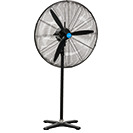 Workshop Fans and Coolers
Workshop Fans and Coolers Safety Barriers, PPE & Signage
Safety Barriers, PPE & Signage Barriers & Bollards
Barriers & Bollards First Aid Equipment
First Aid Equipment Gloves, Knives and PPE
Gloves, Knives and PPE Signage
Signage Cleaning & Site Supplies
Cleaning & Site Supplies Cleaning Equipment
Cleaning Equipment Cleaning Trolleys
Cleaning Trolleys Rubbish Bins
Rubbish Bins Signs & Traffic Supplies
Signs & Traffic Supplies Construction Equipment
Construction Equipment Construction Trolleys
Construction Trolleys Waste Handling
Waste Handling General Site Equipment
General Site Equipment Concrete Equipment
Concrete Equipment Site Storage
Site Storage Lifting Equipment
Lifting Equipment Verdex Specials
Verdex Specials
